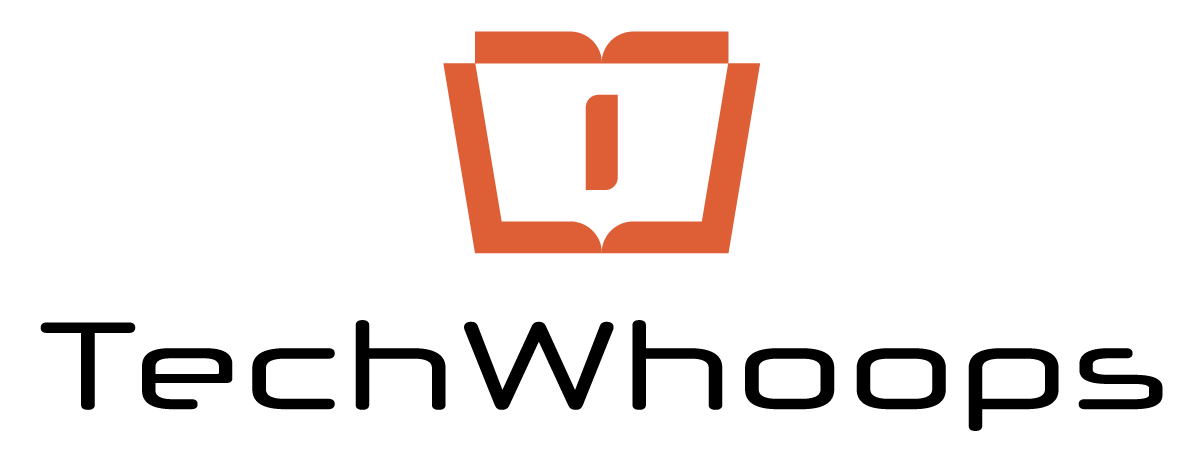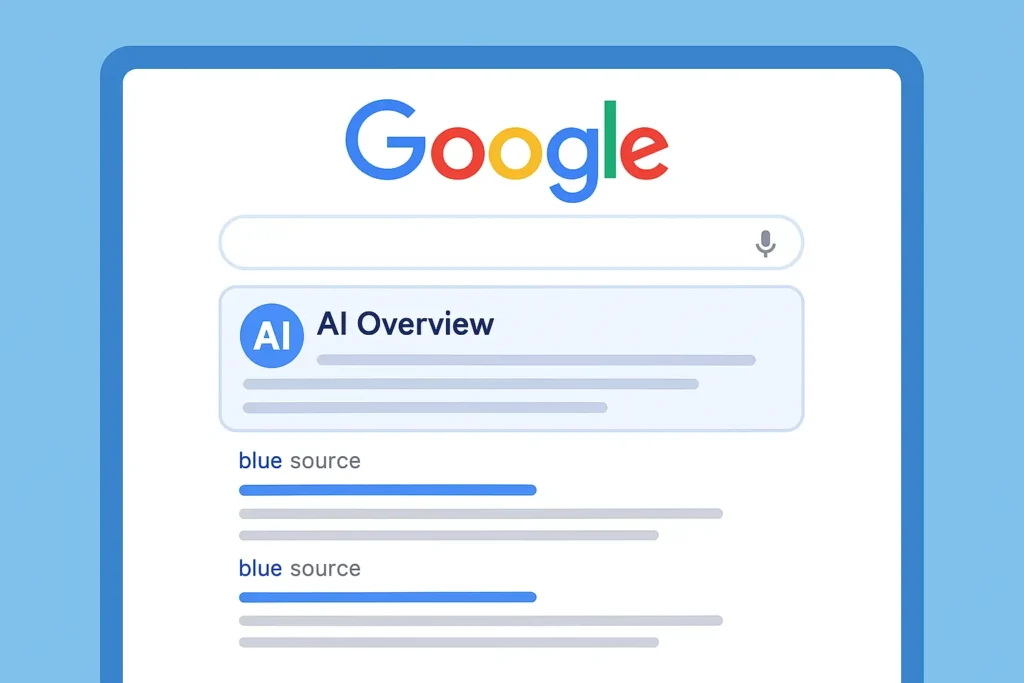TL;DR
Google AI Overviews (AIO) is a new SERP surface that summarizes answers and cites sources. Treat it like another “placement” to optimize: structure content for citation, keep technical SEO tight, create assets AIO loves (definitions, steps, tables), and measure beyond CTR to include cited-link sessions and assisted conversions.
Introduction: Google AI Overviews are changing how clicks are distributed
Google AI Overviews now appears for a growing share of searches, and its citations often overlap with the pages that already rank. That means classic SEO still matters—but you also need content blocks that are easy for AIO to quote, plus analytics that capture value even when CTR softens on informational queries (BrightEdge, 2025).
What Google AI Overviews is (and why it matters)
Google AI Overviews is Google’s generative search experience that summarizes information at the top of results, combining AI-generated summaries with cited web links (Google Search Blog).
-
What it is: An AI-generated snapshot that appears for informational and exploratory queries.
-
Why it matters: It reshapes searcher behavior and gives “citation value” to trustworthy publishers.
-
Scale: Studies show AIO appears for roughly 13–15% of queries as of 2025 (Semrush Research).
The impact: impressions up, CTR mixed, conversions still winnable
AIO brings more impressions but flatter CTR for top-of-funnel topics. BrightEdge found a 54% overlap between AIO citations and organic top results (BrightEdge, 2025), proving strong SEO pages are still rewarded.
Your new measurement lens:
-
Impressions: increase across informational queries
-
CTR: may flatten where AIO satisfies quick questions
-
Conversions: remain strong for transactional or brand-intent searches
In short, aim for citation + click synergy.
How to win: the Google AI Overviews optimization playbook
1) Target intents AIO actually answers
-
Focus on multi-step queries, how-tos, and comparisons—the types that most often trigger AI Overviews (Ahrefs, 2025).
-
Example: “how to optimize site speed” or “seo ai tools comparison.”
2) Structure content for citation
-
Write fact-dense paragraphs (2–4 lines each).
-
Use H2/H3 subheads that mirror user questions (“What,” “How,” “Should,” etc.).
-
Include numbered steps and FAQ schema.
- Add internal and outbound citations to authoritative sources (Google Docs, standards pages).
-
Example: According to Google’s AI Overviews documentation, structured data still helps your content get cited.
3) Keep technical SEO pristine
-
Ensure canonical clarity and fast load times (Core Web Vitals).
-
Reinforce E-E-A-T via author bios, sources, and timestamps.
-
Stable URLs + crawlable anchors = easier for AIO to cite correctly.
- Follow Google Search Central’s official AI feature guidance.
4) Control snippets when needed
Use Google’s approved tags to control how much of your content appears in snippets:
-
data-nosnippet(hide specific fragments) -
nosnippet(block all snippets — use sparingly)
More details: Google documentation on robots meta and data-nosnippet.
5) Create assets AIO loves to cite
-
How-to steps (numbered lists, mini-frameworks)
-
Definitions and short tables
-
Original data (surveys, mini case studies)
-
Neutral, factual tone + outbound links to trusted references
This mix increases citation chances in google ai overviews.
6) Optimize for “AI Mode” follow-ups
In “AI Mode,” users can ask follow-up questions directly in Search (Google AI Mode blog update).
To win:
-
Pre-answer logical next questions (costs, risks, steps).
-
Add contextual CTAs—calculators, free templates, demos.
7) Measure beyond CTR
Measure AIO-triggered queries separately:
-
Impressions, citations, and follow-up traffic
-
Assisted conversions
-
Brand query uplift after appearing in AIO
Use analytics or Search Console filters for AI Overview impressions to see the real ROI (Search Engine Journal, 2025).
Example templates (ship this week)
Template A — Explainer with steps
-
H1: What Is [Concept]? A 10-Minute Guide
-
Intro (definition & outcome in 2–3 lines)
-
H2: Key Takeaways (3–5 bullets)
-
H2: Step-by-Step (6–10 steps, each 2–3 lines)
-
H2: Common Pitfalls & Fixes
-
H2: Mini-FAQ (3–5 Q&A)
-
CTA: tool/trial/checklist
Template B — Comparison + decision tree
-
H1: [Option A] vs [Option B]: Which Fits Your Use Case in 2025?
-
H2: TL;DR Verdict
-
H2: Side-by-Side Table
-
H2: Choose A if… / Choose B if…
-
H2: Cost, Risk, Compliance
-
FAQ + CTA
Both structures are citation-friendly for google ai overviews and maintain classic snippet visibility.
Risk & governance notes
-
Not all overlap means visibility: You might rank high but not be cited. Create unique, factual summaries to boost inclusion (Semrush, 2025).
-
User control: Some users disable AIO via extensions (Tom’s Guide), so keep investing in snippets and video SEO.
-
Compliance: For sensitive industries, use
data-nosnippetto prevent AI misquotes.
FAQ
Is AI Overviews replacing featured snippets?
No. They can coexist; control visibility with data-nosnippet (partial) or nosnippet (global).
How do I show up inside AIO?
Publish fact-dense, well-structured answers with citations and schema; strengthen site quality signals so Google trusts you as a source.
Should I change KPIs?
Yes—track cited-link traffic, assisted conversions, and brand follow-up queries, not just CTR. (Studies show impressions rising while CTR can soften.)
Final take
SEO isn’t dead—it’s multi-surface. Continue earning organic rankings while optimizing for google ai overviews citations. If your content delivers clear, sourced, and structured answers, you’ll win in both AI and traditional search.



1 Comment
I learned something new.